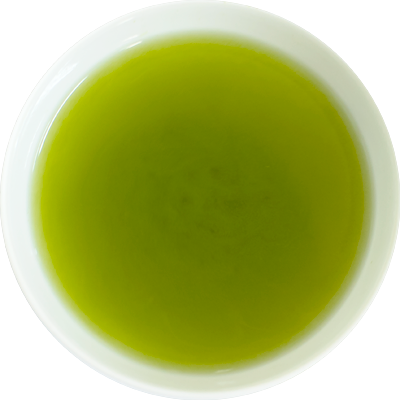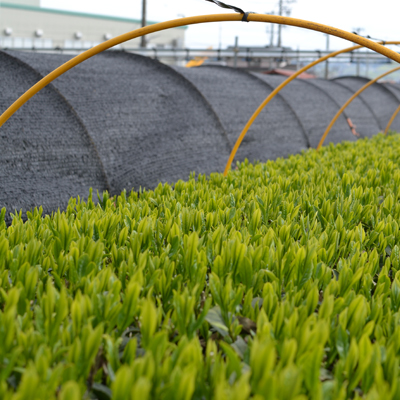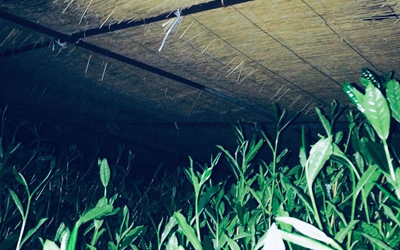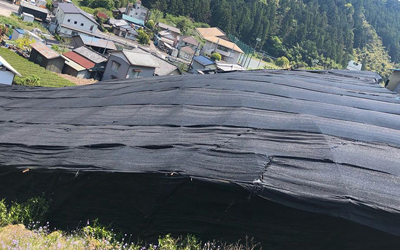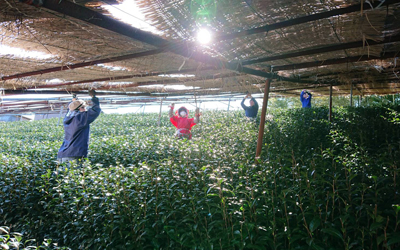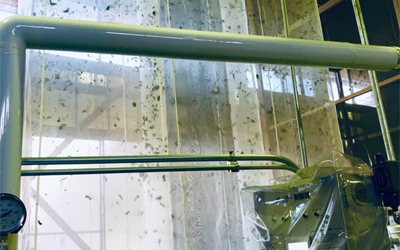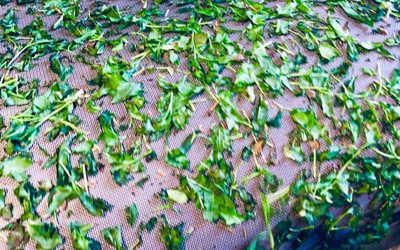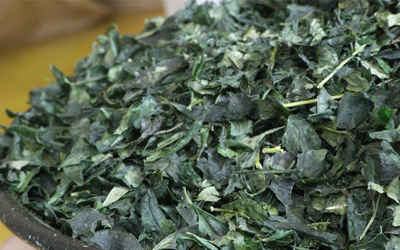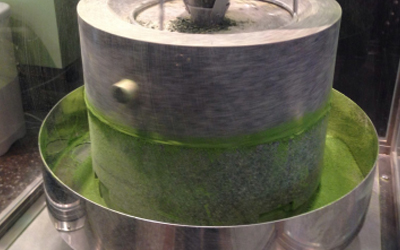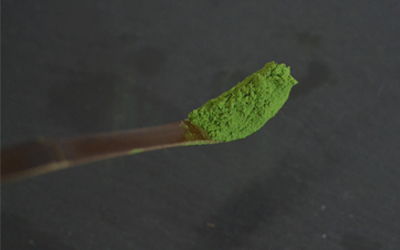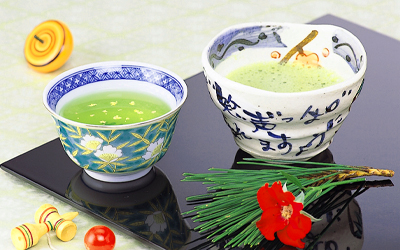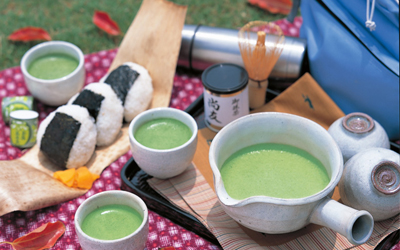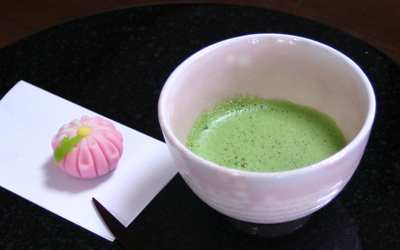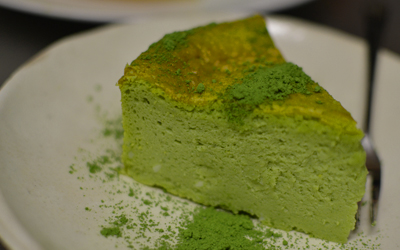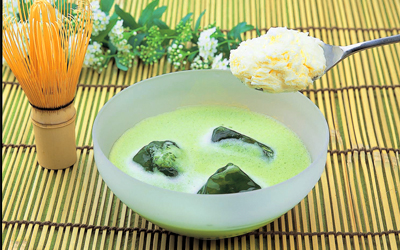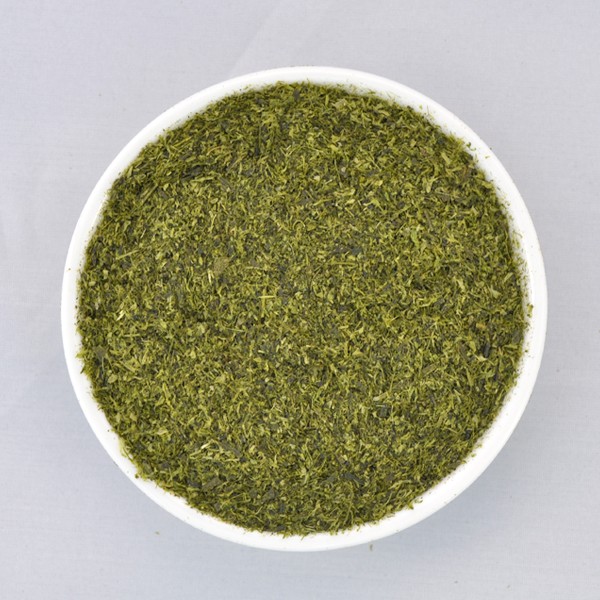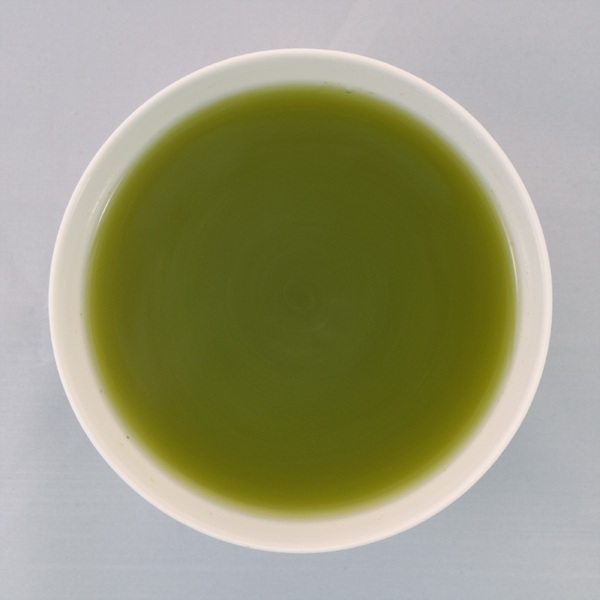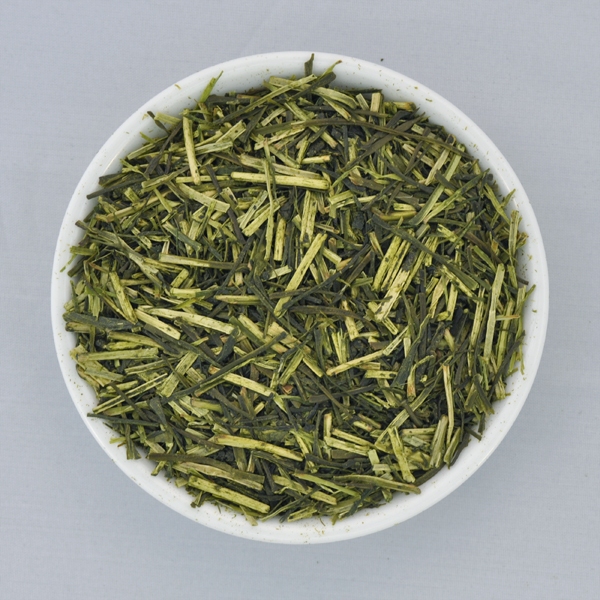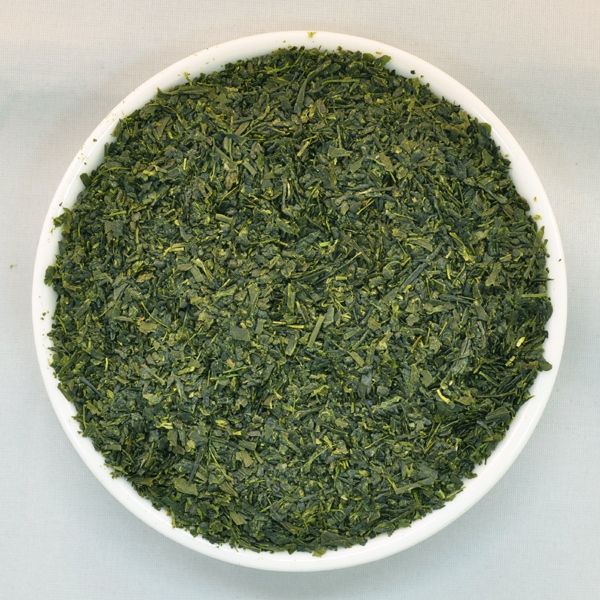1. Sencha Powder 煎茶粉末
Sencha powder made by not Shaded Tea bushes. As it contains lots of Catechins, it is expected to have a bactericidal effect and ideal for raw food like Sushi.
In Japan, it is used for sushi-go-round drink and much food such as cake,
cookie, ice cream, and yogurt.
Unlike Matcha, Sencha powder has less amino acids than Matcha because it is unshaded.
Since you feel a lot of astringent ingredients like Catechin and so on, it is appropriate to use 0.5g / 100-150cc.
2. Matcha 抹茶
Ceremonial & Traditional Japanese Matcha
The traditional Matcha production area in Japan is almost the same as that of Gyokuro.
The three famous Gyokuro producing areas are Uji in Kyoto, Yame in Fukuoka, and Okabe in Shizuoka.
Nishio in Aichi is also the famous production area of Matcha.
In recent years, in response to increasing demand for Matcha from overseas, the production areas of Sencha, such as Shizuoka and Kagoshima, are also increasing the production of Matcha for export.
Basically, we cover tea leaves by such as straw or chemical cloth (black ̠chemical fiber) for 3 weeks.
In Japanese, it is called “HIHUKU CHA”.
And leaves plucking by hand-picked, or scissors and machine, then produced at Tencha-ro, then ground & powdered tea is called “Matcha”.
Additionally 20 years ago we had defined as “Matcha”, which was from only1st flush.
What happens if tea bushes are covered?
By covering the tea leaves, teas try to photosynthesize with less sunlight.
Chlorophyll increases and nutrients become richer.
In particular, since the amount of amino acid increases more than that of uncovered one, formal well-covered Matcha is not so bitter even if you are served Matcha at the tea ceremony in JAPAN.
But now it is increasing ‘fake matcha’ all over the world.
It is unshaded and 2nd or Autumn flush.
It is not produced by Tencha-ro 碾茶炉.
Kanes distinguishes traditional Matcha with other green tea powders.
We will explain how the tea powder was produced and how the Matcha was produced.
How To Make Matcha
1)Put 1.5g Matcha (2 teaspoonful) into the tea bowl. (Matcha is strained in advance.)
2)Pour 5-10ml of hot water into the bowl and mix the matcha carefully. This makes the Matcha soft and prevents any formation of lumps.
3)Pour 50-60ml of hot water (90℃) into the bowl.
4)Stir the tea swiftly back and forth with tea whisk in a zig zag motion (like writing English alphabet “m”) to mix the tea.
5)When the Matcha has turned into a frothy liquid with small bubbles, take the whisk away.
Culinary Matcha
Culinary Matcha Powders can be stirred for drinking straight or used as
ingredient in healthy snacks, blended drinks, supplements, desserts, and
baked goods.
3. Dust Tea 粉茶
Dust Tea is made by not Shaded Tea bushes.
Through making Sencha Loose Tea, it is produced.
About 1-1.5% is ‘Konacha = Dust Tea’.
Mainly we will use it as materials of tea bags.
But Dust tea is used at many high grade Sushi Bar as ‘Agari’ , which is made from 1st flush loose tea, and it is high quality but it is cheaper than loose tea.
We need tea strainer, because it is not powder.
We call dust tea ‘Demono 出物’.
Other Demono are ‘Stem Tea 茎茶’, ’Sprout Tea 芽茶’ and so on.

